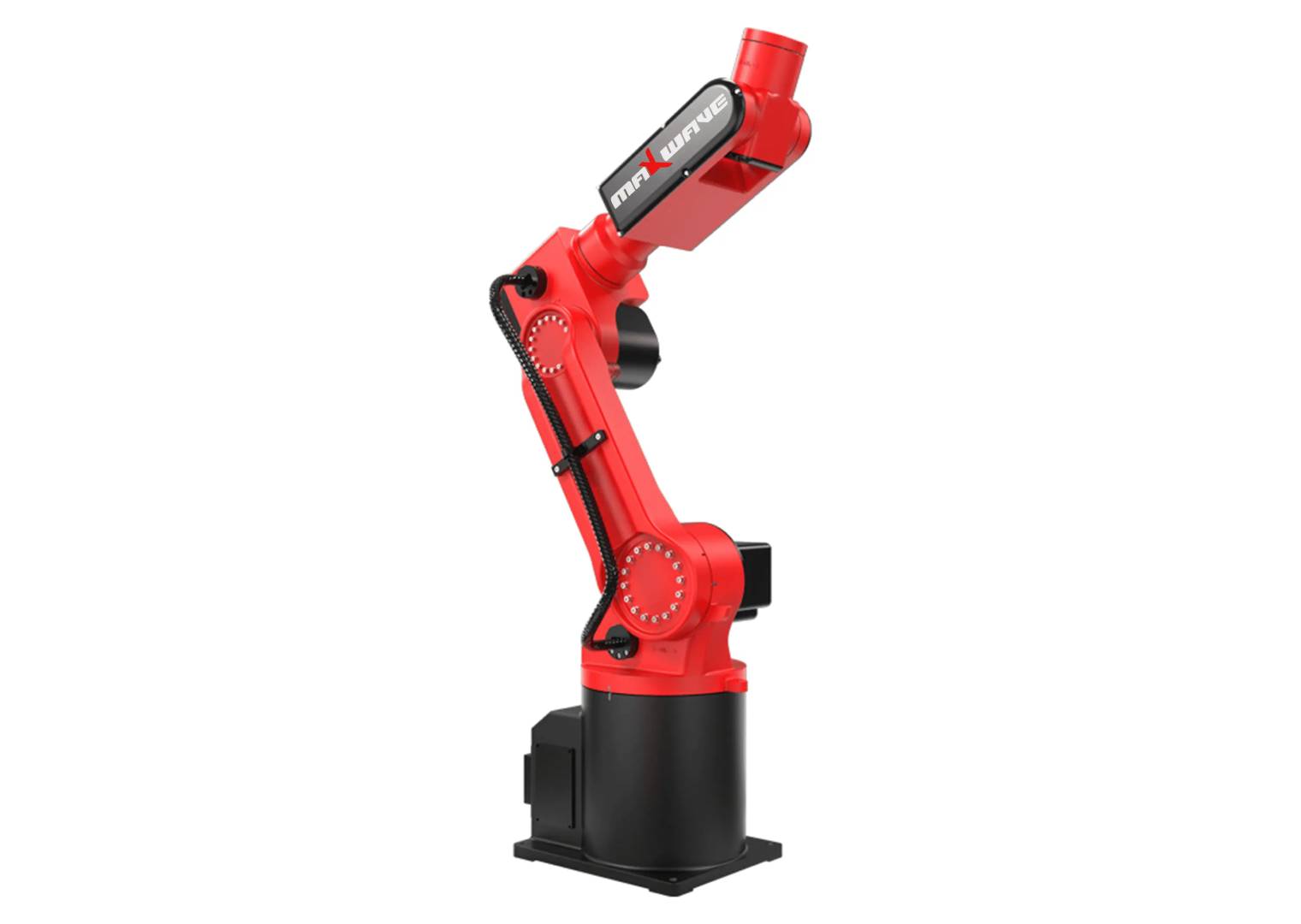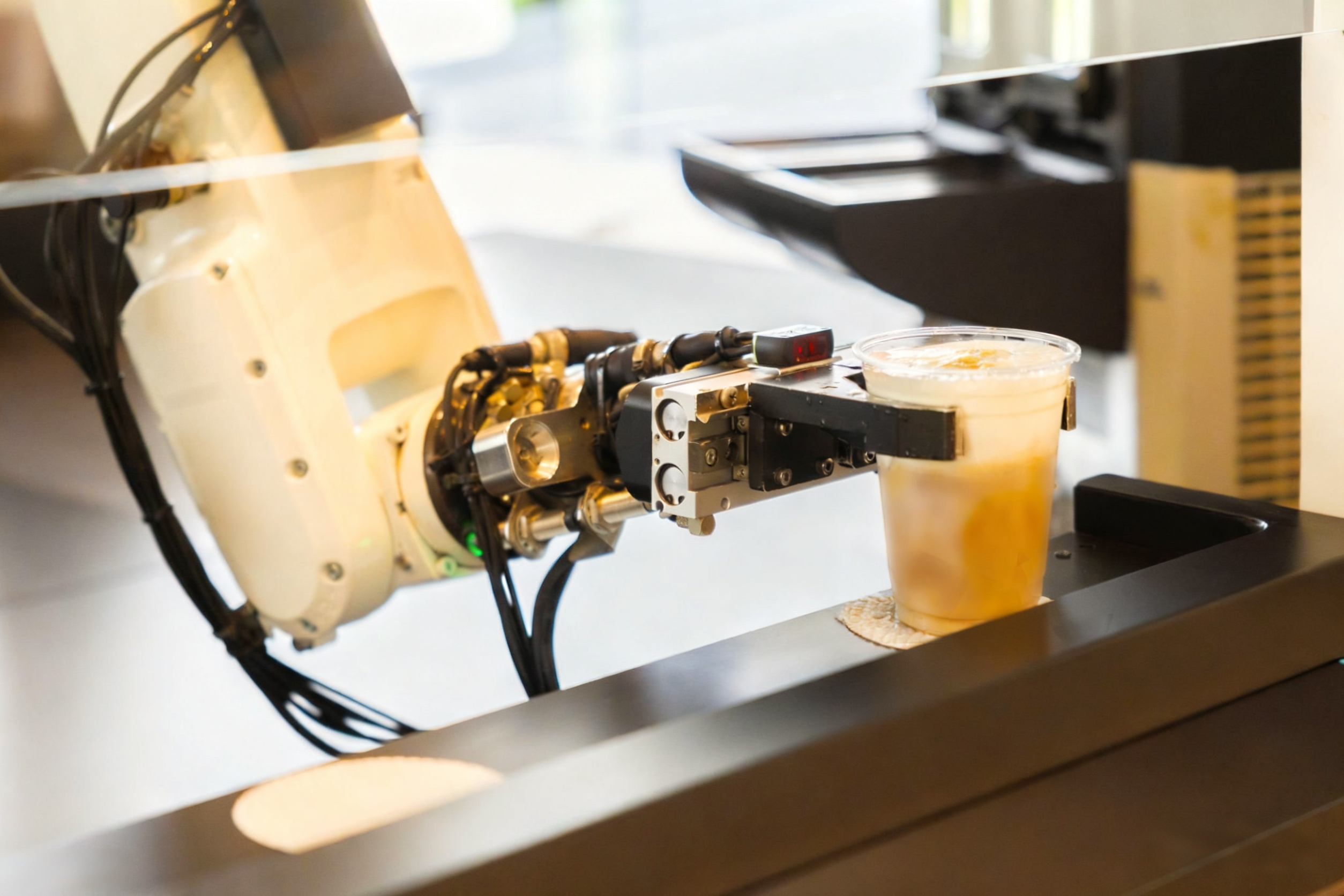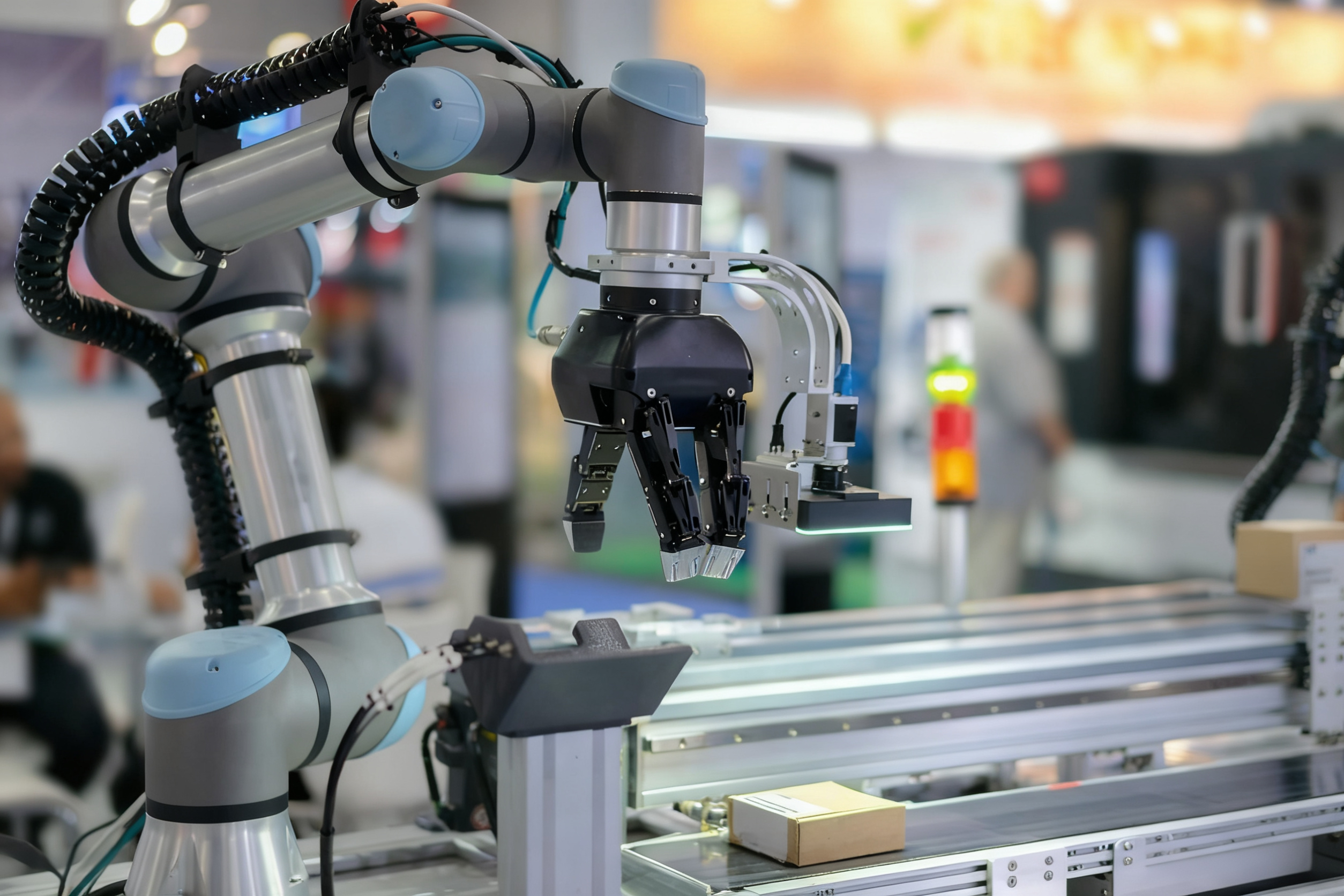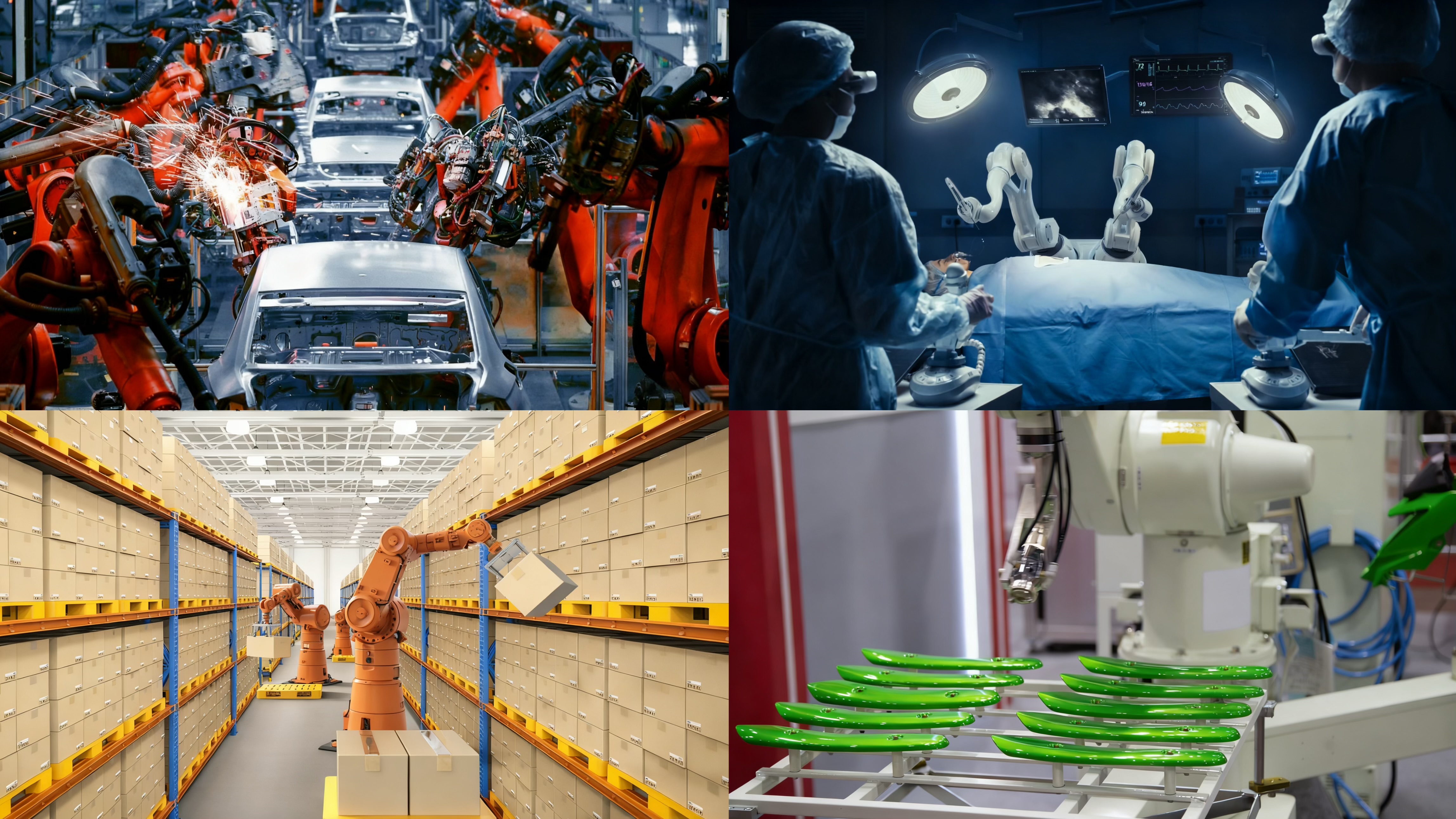Imagine a machine that moves with the precision of a surgeon, the strength of an industrial powerhouse, and the consistency of a perfectly programmed assistant — that’s a modern robot arm. Whether it’s packing goods in a warehouse, welding metal with micron-level accuracy, or assembling the tiny components inside your smartphone, robot arms are quietly reshaping how the world gets things done. But what exactly are they, and what allows them to perform such human-like movements? In this article, we’ll break down what a robot arm is, how it works, and why it has become one of the most essential tools in today’s automated world.
What Is a Robot Arm?
A robot arm is a programmable machine that copies human arm movements. It’s made from connected segments called links and movable joints. You can program it to do many different tasks.
These tasks need precision, speed, or repetition. I’ve seen them used in factories, labs, hospitals, and customer service. Based on my experience, robot arms work great for jobs that are boring, risky, or too hard for people to do by hand.
Their flexibility and accuracy make them essential. I recommend them for automating work that humans shouldn’t or can’t do.
Key Parts of a Robot Arm
A robot arm needs several key parts to move well and work right. Each part does a specific job. This makes robot arms useful for automated work and difficult tasks.
1. Base
The base keeps the robot arm stable. It holds the arm in place and lets it rotate from side to side. I recommend choosing a strong base. It keeps balance and holds heavy items.
2. Links
Links are solid pieces that connect each joint. They build the arm’s frame. The length and strength of these links decide how far the arm can reach. They also decide how much weight it can carry.
3. Joints
Joints connect each link and let them move. Think of human shoulders, elbows, and wrists. They give the arm its range of motion. The arm can bend, turn, or stretch in different ways.
4. Actuators and Motors
Actuators and motors work like the arm’s “muscles.” They change energy into movement. This energy can be electric, hydraulic, or air-based. Each joint moves as needed. Based on my experience, the actuator type you pick affects speed and power.
5. Controller
The controller is the robot arm’s “brain.” It gets commands and reads them. Then it tells the joints and motors how to move. Good programming lets the controller finish hard tasks with precision. The arm can repeat the same task over and over with the same result.
6. Sensors
Sensors give feedback about position, speed, force, and nearby objects. They let the robot arm adjust on the spot. This boosts precision and safety. I suggest using advanced sensors. They spot errors and keep things running smoothly.
7. End Effector
The end effector is the tool at the tip of the robot arm. It could be a gripper that picks up items. It could be a welding torch. It could even be a paint nozzle. You pick the end effector based on what job the robot arm needs to do. This makes the arm useful across many industries.
How Does a Robot Arm Work?
A robotic arm works by connecting its main parts. These parts include actuators, joints, links, sensors, the control system, and the end effector. Here’s how it works step by step:
Step-by-Step Robot Arm Operation
-
Energy Input and Power Source
The system starts with power. This can be electric, hydraulic, or pneumatic. The power source affects the arm’s speed, force, and precision. -
Controller Sends Commands
The controller is the robot arm’s “brain.” It receives user instructions or programmed routines. Then it turns these into electrical signals. The signals go to the motors and actuators. -
Movements by Actuators and Motors
Motors and actuators work like the arm’s muscles. They create bending, rotating, or extending motions. Their position near or away from each joint matters. Gears or belts help make movements smooth and accurate. -
Motion Transmitted through Joints and Links
Joints and links move the arm. They copy how a human arm moves. Each joint allows turning, lifting, reaching, or twisting. This helps the arm follow precise movement paths. -
Sensors Enable Real-time Feedback
Sensors track each movement’s position, speed, and sometimes force. They send data back to the controller in real time. The controller adjusts actions based on this data. This feedback loop makes the arm more accurate and safe. -
Completing the Task with the End Effector
At the tip, the end effector does the final work. It can be a gripper, welding torch, or other tool. It interacts with, holds, builds, or treats objects as needed.
Key Points for Industrial Robot Arm Function
- I recommend paying attention to sensor quality. The robot arm’s precision depends on good sensors and quick feedback response.
- Different industries use specific end effectors for unique jobs. This makes robot arms very versatile.
- Controllers with advanced software let arms handle tough, repetitive, or dangerous tasks. They maintain the same accuracy every time.
Degrees of Freedom (DOF) and Movement of Robot Arm
The degrees of freedom (DOF) of a robot arm tell us how many separate movements the arm can make. Most industrial robot arms use 6 axes or joints. This design lets the robot arm copy human arm movements. Think wrist rotation, pitching, and yawing. More DOF means the robot arm can move more freely and reach more positions.
Key Aspects of Robot Arm Motion
- DOF Definition: Each DOF is one direction the robot arm can move on its own. One joint might rotate the arm left or right. Another joint bends it up or down.
- 6-Axis Robot Arm Movements:
I’ve seen industrial robot arms with 6 joints do these movements: – Rotate the base left and right – Move the shoulder up and down – Rotate or bend the elbow – Twist or pitch the wrist – Yaw the wrist – Roll the wrist
This setup gives precise control. The end effector can reach exact spots and angles in 3D space.
Kinematics in Robot Arm Movement
Kinematics studies how each joint and link moves. We use it to control where the arm goes and predict its path.
- Forward Kinematics: This calculates where the end effector is. You input the joint angles. The system tells you the tool’s position in space. I recommend using this method if you know your joint settings and need to find the tool location.
- Inverse Kinematics: This works backward. You tell it where you want the end effector to go. It figures out which joint movements get you there. Based on my experience, this method is critical for teaching robot arms to hit targets with precision. Production lines depend on it.
These principles help robot arms do tasks that need exact paths and angles. I believe the mix of proper DOF and smart kinematics is what gives modern robot arms their strength. They handle diverse jobs in industrial settings with ease and accuracy.
Applications of Robot Arms
Armed robots are essential tools in many industries. I’ve seen them provide speed, flexibility, and accuracy that human workers cannot match. They excel at jobs that need steady precision. They handle repetitive tasks well. They also work safely in risky conditions.
Key Industries Using Robot Arms
-
Manufacturing and Assembly:
Robot arms do excellent work in welding, assembling parts, and packaging. Automotive factories use them to weld car bodies. They install components with perfect accuracy. In electronics, robot arms place tiny parts on circuit boards. Even a small error could ruin a product. I recommend them for any production line that values consistency. -
Medical and Healthcare Applications:
In surgery, special robot arms help doctors perform delicate procedures. They make small invasive cuts. These systems, like the Da Vinci surgical robot, cost between $500,000 to $2 million. They allow operations with smaller incisions. Patients get faster recovery times. In laboratories, robot arms handle dangerous substances. They do repetitive sample analysis. This reduces exposure and human error. Based on my experience, these systems save lives and improve outcomes. -
Service and Research Fields:
Warehouses and logistics centers use robot arms for sorting packages. They handle materials efficiently. For example, Amazon’s distribution centers use robotic arms to pick items. They move and package products day and night. In research settings, robots handle dangerous samples. They work in sterile environments. This makes breakthroughs safer and faster. I suggest any large warehouse consider this technology. -
Painting and Surface Coating:
Robot arms paint car bodies and spray protective coatings. They ensure even coverage and finish quality. This is hard to match by hand. Automotive plants report up to 40% savings on paint. Robotic precision reduces waste. I like this application because it combines quality with cost savings.
Value and Personal Perspective
Based on industry data and my experience, robot arms are worth the upfront cost. They increase output. They reduce labor costs. They make fewer mistakes. Their applications grow every year as technology improves. For any environment where precision matters, I recommend robot arms. They are practical. They are a future-proof solution. Safety and efficiency both improve with these tools.
Summary
As automation continues to reshape global manufacturing, robot arms are no longer just advanced tools — they are essential assets for businesses seeking higher precision, lower labor costs, and faster production. Whether you’re an entrepreneur upgrading your first production line or a large manufacturer scaling efficiency, the right robot arm can transform your workflow and deliver a strong return on investment. If you’re ready to unlock smarter, faster, and more reliable automation, now is the perfect time to explore your options. Reach out today to discover the ideal robot arm for your business and get a personalized quote.




